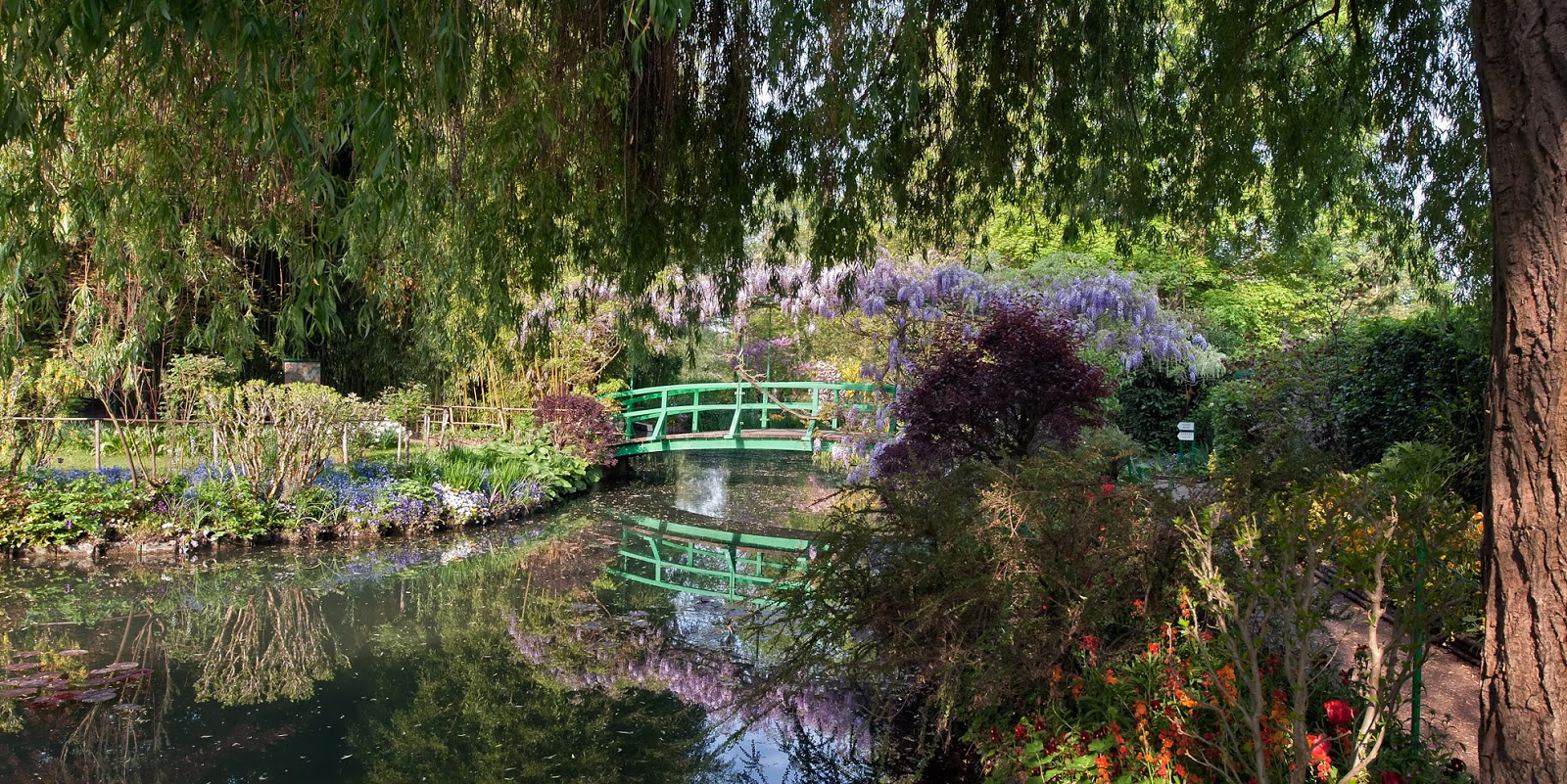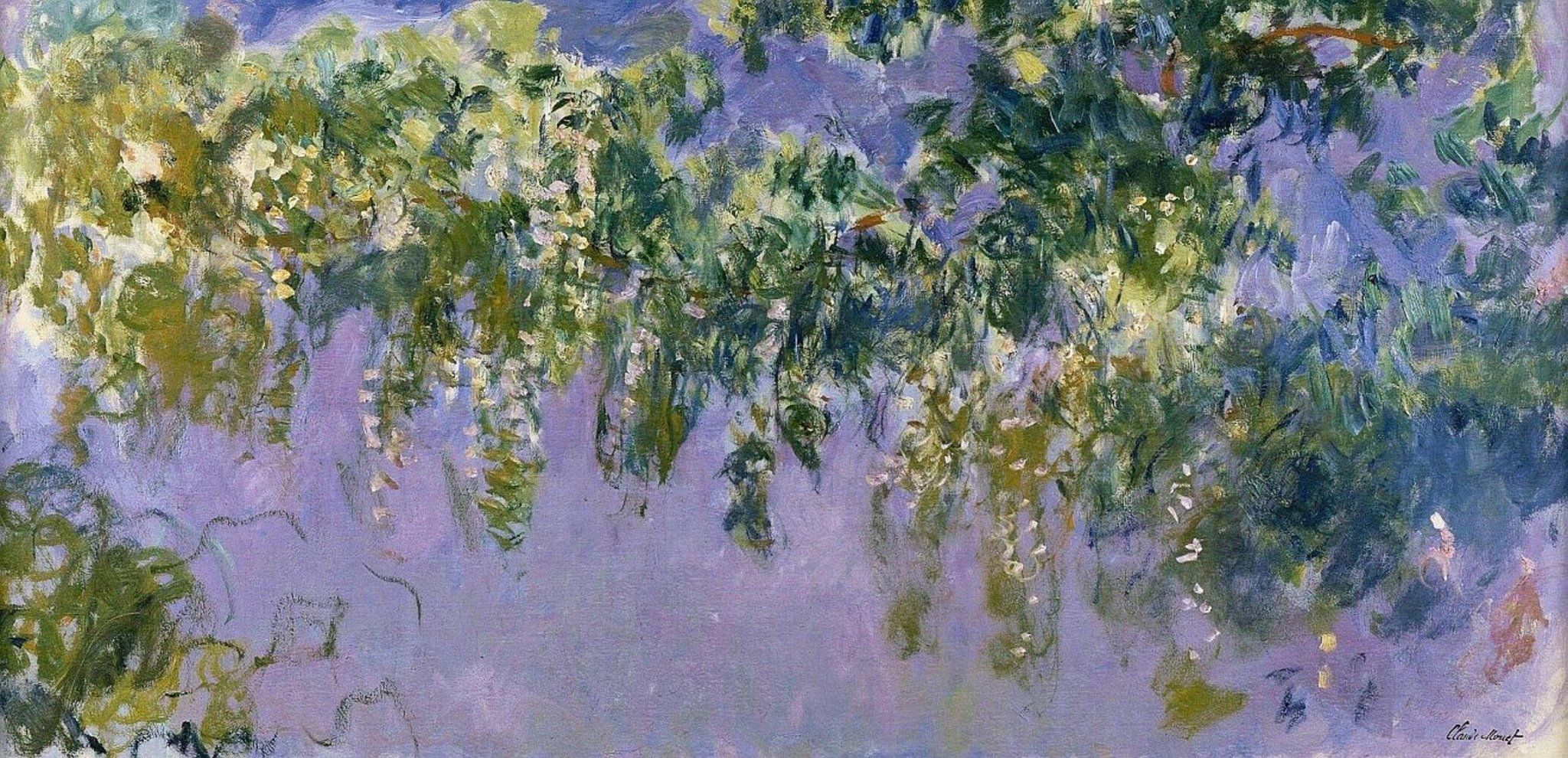

The Impressionist painter Claude Monet (1840-1926) created a spectacular garden at his home in Giverny, France, with hundreds of flowers, water lilies and trees that he reflected in his paintings.
Irises display their yellow hues, petunias and anemones mingle in a cascade of intense pinks; gentians, daffodils, and daisies dot the green flowerbeds with their vibrant colors. Dahlias, nasturtiums, and blue wisteria flourish in a spectacular setting where visitors lose themselves in the still-warm autumn. The garden of the house at Giverny, in France, where the painter Claude Monet lived for more than forty years, is his most beautiful and best-preserved painting, its colors changing with the seasons, just as he wished. "I do nothing but observe what the universe teaches me and express it through my brush," he would say to those who remarked on his excessive passion for gardening.
A teenage Monet's friendship with the painter Eugène Boudin was key to his later dedication to painting and gardens. Boudin always painted outdoors, at a time when all artists captured in their studios what they had seen outside. "Little by little," Monet wrote, "my eyes were opened, I truly understood nature, and at the same time, I began to love it." In 1866, he painted the garden of his family home in Sainte-Adresse, Normandy. Flowering gardens attracted him with their vibrant colors, the explosion of plants, and the light. He painted colored shadows and reproduced the flowers with absolute freedom.



0 comments